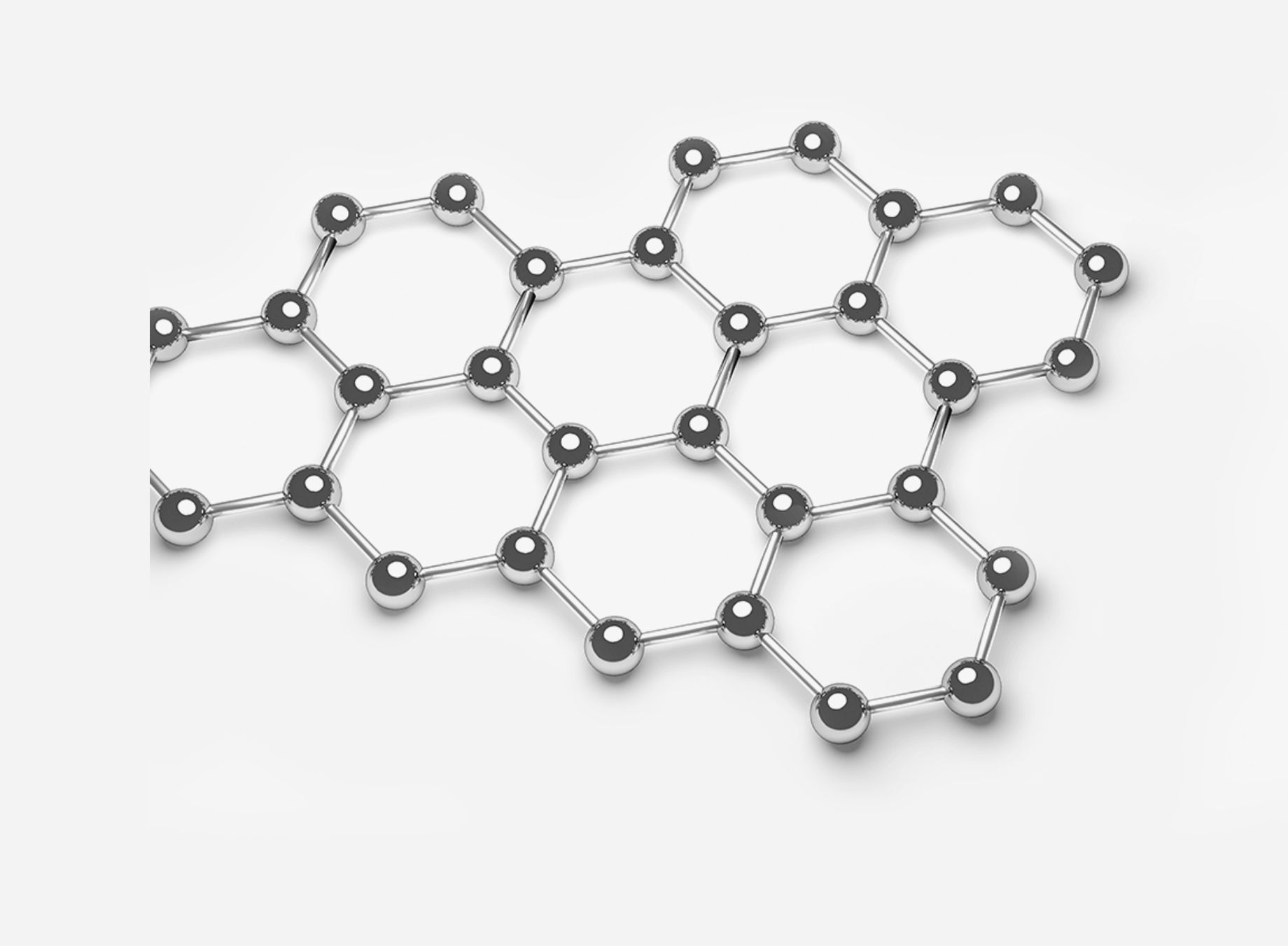Why Graphene Photonics
Optical transceivers of the future
The bottleneck in connecting processors and memory pools for high-performance AI workloads stems from inefficient interconnects between the GPU and memory. As bandwidth increases, copper links face shorter ranges due to signal loss, while complex modulation formats used to compensate for these limitations raise costs and energy consumption.
Adopting highly efficient optical interconnections between Graphics Processing Units GPUs and High Bandwidth Memory (HBM) overcomes this challenge. Our Graphene Integrated Photonics (GIP) offers superior capabilities for next-generation transceivers. The way we incorporate graphene keeps its unique electro optical properties intact and so enables devices with reduced electronic complexity, improved energy consumption, and higher channel density so delivering streamlined optical interconnections required for future scaling.

Graphene photonics
Breakthrough performance thanks to our graphene manufacturing & integration process
We have overcome a major challenge in integrating ultra-high mobility graphene, a material just one atom thick, into optical modulators and detectors at high yields. This breakthrough has enabled us to deliver the world’s first high-performance photonic integrated circuits (PICs) featuring single-crystal graphene in both the detector and modulator elements of an optical transceiver.
Our innovation offers unparalleled advantages: exceptional bandwidth density, reduced customer CapEx and OpEx, high traffic capacity, and superior temperature resilience, ensuring scalability to meet future demands.
Is your organisation interested to revolutionise optical communications and data traffic through graphene technologies?